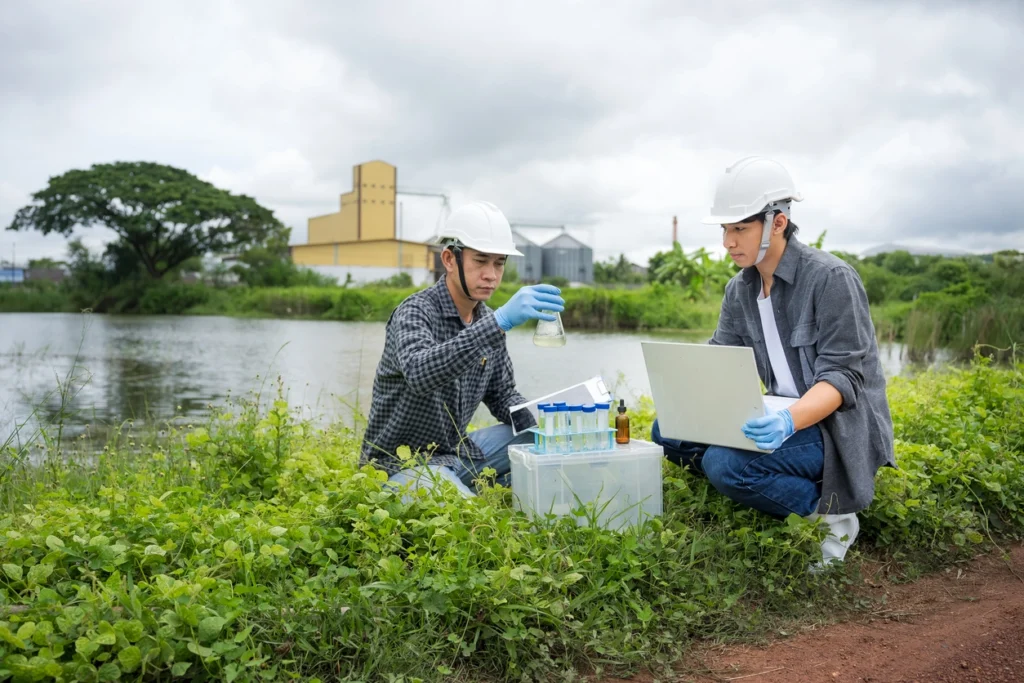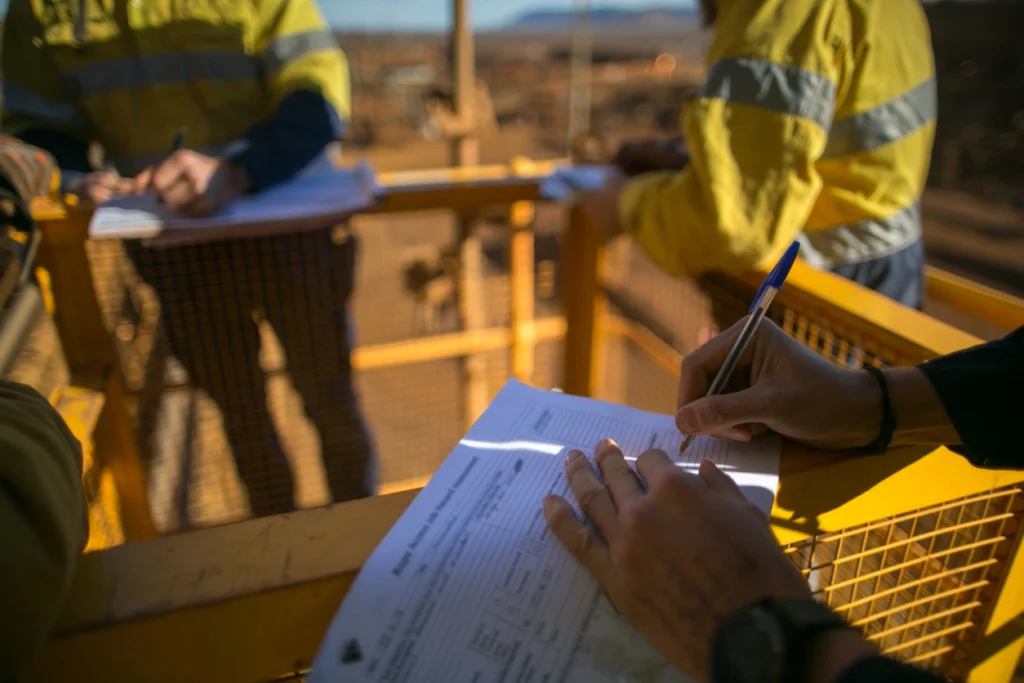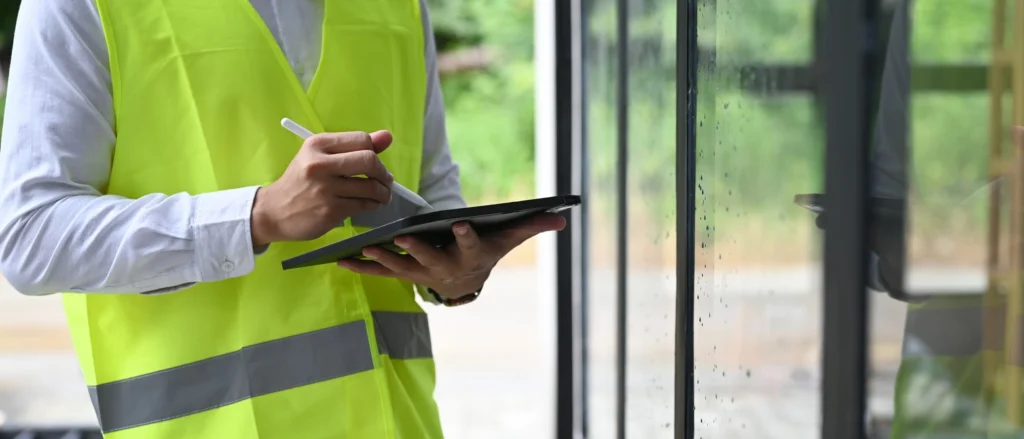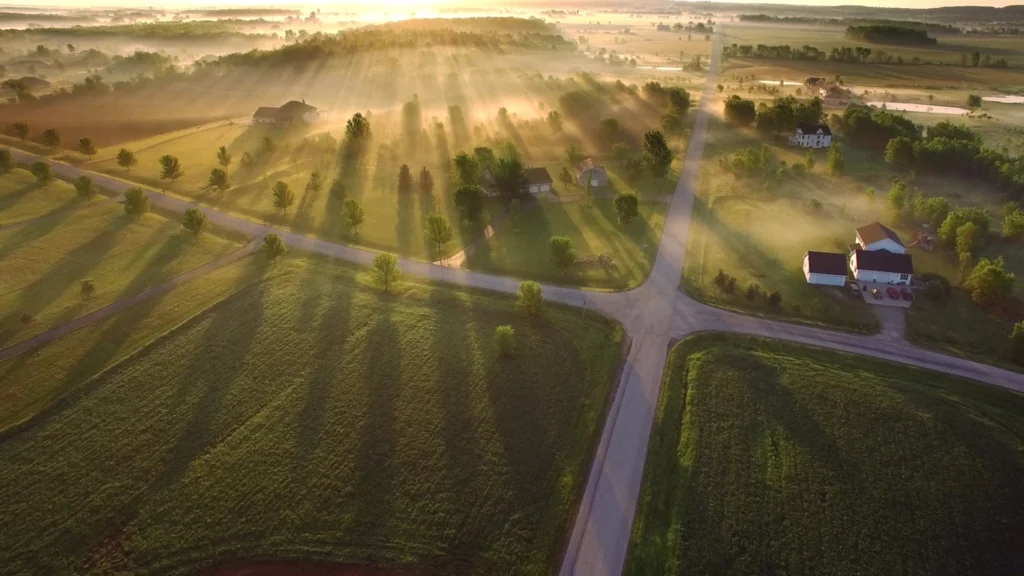Real estate deals carry the potential for unforeseen environmental liabilities. Contamination from past industrial uses, hazardous material spills, or improper waste disposal can linger for decades. Environmental due diligence, through assessments like Transaction Screen Analysis Reports (TSA Report) and Phase 1 Environmental Site Assessments (ESAs), act as a shield, uncovering these risks before a transaction is finalized.

The Cost of Overlooking Risks
Failing to properly assess environmental risks can have dire consequences. Buyers could unknowingly inherit responsibility for expensive cleanups, face lawsuits, or see their property value plummet due to contamination.
Understanding the differences between TSAs and Phase 1 ESAs is crucial for making informed decisions in real estate transactions. The right choice depends on the property’s history, the buyer’s risk tolerance, and any lender or regulatory requirements.
Key Differences: TSA Reports vs. Phase 1 ESAs
| Category | TSA Report | Phase 1 ESA | Purpose | Liability Implications |
| Scope of Assessment | Primarily record-based, may include a limited site visit | Extensive, includes historical research, interviews, in-depth site visit | Establish a baseline understanding of potential environmental risks | Can qualify for CERCLA Innocent Landowner Defense, potentially limiting liability for pre-existing contamination |
| Liability Protection | Might not always offer the same legal protection | Can qualify for CERCLA Innocent Landowner Defense | Protect buyers from future liability for pre-existing contamination by demonstrating they conducted “all appropriate inquiries” | Provides stronger legal footing and limits future liability exposure, especially in situations where full protection is desired |
| Typical Cost Range | Significantly less expensive | Higher | Gain a preliminary understanding of environmental risks at a lower price point | Provides more comprehensive assurance, even at a greater cost, reducing the chance of unexpected future costs |
| Turnaround Time | Faster (often a few days to a week) | Longer (weeks) | Meets needs for quick closing or time-sensitive decisions, especially for transactions with lower perceived risk | Provides the thoroughness needed for complex or high-risk sites, or when maximum legal protection is desired |
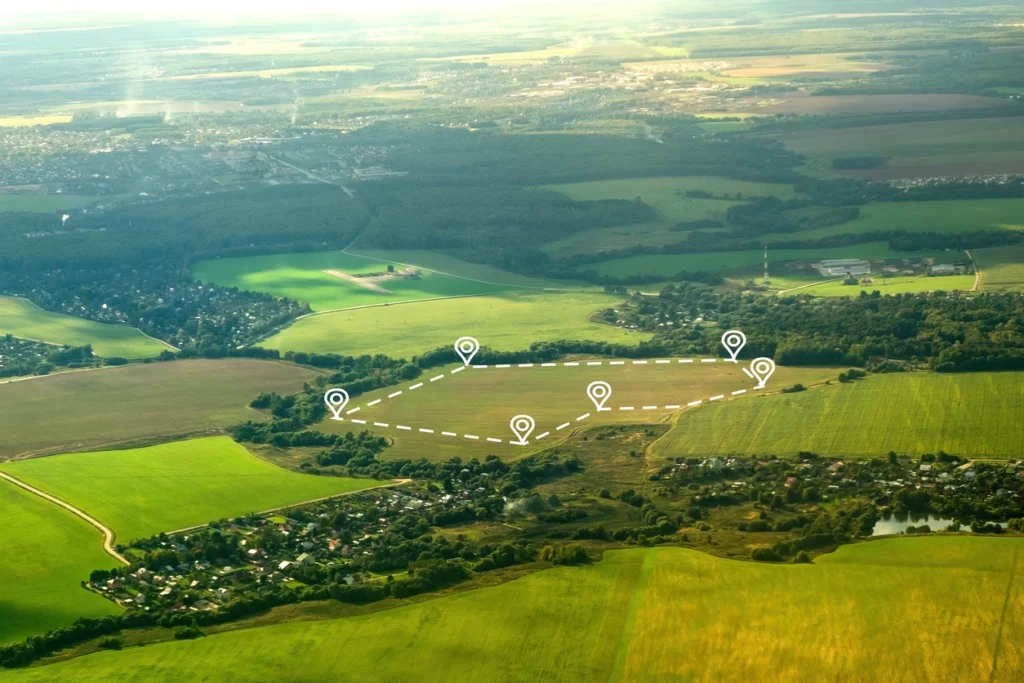
Real-World Scenarios
Scenario 1: TSA Report Sufficiency
Consider a vacant lot with a well-documented history of residential use. There are no obvious red flags in historical records, and the property is intended for a simple residential development project with an SBA loan application. In this case, a TSA might be sufficient. It offers a cost-effective way to meet the lender’s due diligence requirements and provides a preliminary indication of potential environmental concerns.
Scenario 2: Phase 1 ESA Necessity
Imagine a former industrial site, perhaps a manufacturing facility or auto repair shop, even if the structures have been demolished. Lingering soil or groundwater contamination from past operations is probable. A Phase 1 ESA, with its in-depth historical review, interviews, and site inspection, is crucial. Additionally, if the buyer seeks maximum liability protection under CERCLA, a Phase 1 ESA is non-negotiable.
Beyond the Extremes
It’s important to note that real estate scenarios are rarely black and white. Here are some additional situations to consider:
- TSA with Minor Red Flags: A TSA report on a residential property might reveal a neighboring gas station closed a decade ago. While primarily residential, a limited Phase 1 ESA focusing on potential migration of contaminants could be prudent.
- High-Value Property with a Complex History: Even with the intention to fully redevelop a site, a Phase 1 ESA is often the safest choice, ensuring any past contamination is addressed for full CERCLA protection.
More Than Just Checklists: The Impact of Differences
Liability: The CERCLA Factor
The Comprehensive Environmental Response, Compensation, and Liability Act (CERCLA) imposes strict liability on current property owners for environmental contamination, even if they weren’t responsible for causing it. A Phase 1 ESA, adhering to specific standards, can be a crucial piece of evidence for asserting the “Innocent Landowner Defense” if contamination is found later. TSAs typically don’t provide this same level of protection, potentially leaving the buyer vulnerable.
Unforeseen Costs: The Price of Cutting Corners
While a TSA report offers upfront savings, this can prove to be a false economy. If contamination is discovered post-purchase, the buyer could face exorbitant costs for:
- Cleanup and Remediation: Depending on the contaminants and extent of the problem, this can easily reach hundreds of thousands or even millions of dollars.
- Legal Expenses: Lawsuits stemming from contamination can be lengthy and costly.
- Diminished Property Value: Stigma and uncertainty surrounding contamination can severely impact a property’s value, hindering resale or investment potential.
The Importance of Proactive Due Diligence
By choosing a Phase 1 ESA for higher-risk properties, buyers demonstrate a commitment to thorough due diligence. This can be advantageous in negotiations with wary sellers and may even lead to a lower purchase price to offset potential remediation costs.
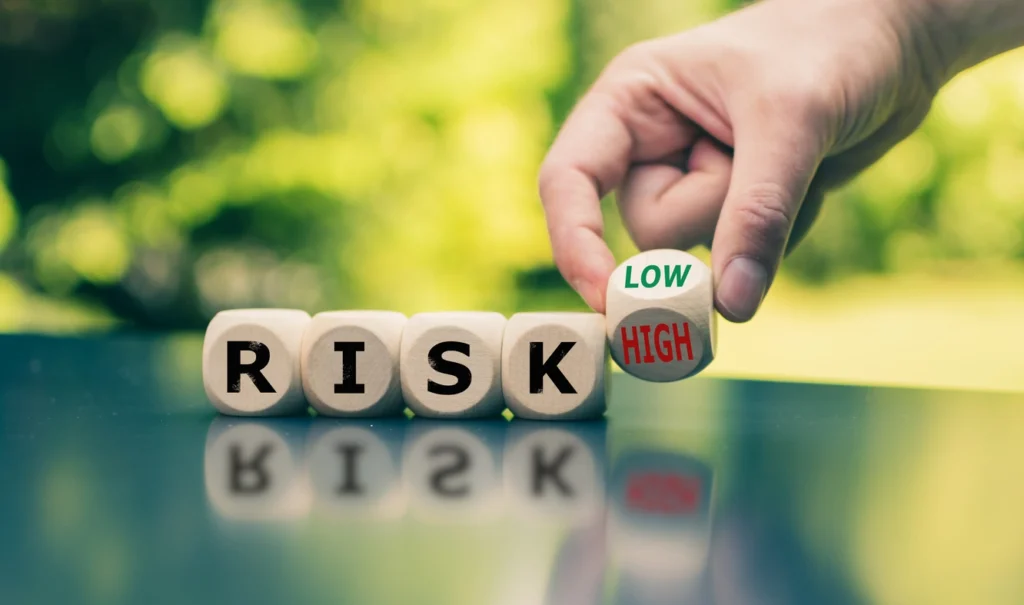
Choosing Wisely: Factors to Consider
Risk Tolerance: A Spectrum, Not an Absolute
Every buyer has a different threshold for risk. Consider these questions:
- High Risk Tolerance: Is minimizing upfront costs the absolute priority, even with the potential for larger future liabilities? A TSA report might suffice for very low-risk properties.
- Low Risk Tolerance: If peace of mind and maximum liability protection are paramount, a Phase 1 ESA is almost always the wiser investment.
Property Type & History: The Clues in the Past
- Low Risk Examples: Vacant land with purely residential history, single-family homes in established neighborhoods.
- Moderate Risk Examples: Properties with mixed-use zoning, sites near former commercial businesses (even if long demolished), older homes where lead paint or asbestos might be a concern.
- High-Risk Examples: Former industrial sites, gas stations, dry cleaners, properties with visibly stressed vegetation or unusual staining.
Regulatory/Lender Requirements: Meeting the Standards
- Know Your Lender: Some loans, especially SBA loans, might accept TSAs in lower-risk scenarios. Others strictly require Phase 1 ESAs.
- Local Regulations: Certain municipalities may mandate Phase 1 ESAs for specific property types or in areas with known historical contamination.
It’s essential to consult with both a qualified environmental professional and your real estate attorney. They can help you assess the risks, navigate regulations, and choose the assessment that best protects your interests in the specific transaction.
Understanding Your Options in Environmental Assessments
The choice between a TSA report and Phase 1 ESA is a consequential one in the complex world of real estate. While TSAs offer a faster and more affordable option for preliminary screenings, Phase 1 ESAs provide a higher level of due diligence, legal protection, and ultimately, peace of mind. The most suitable assessment depends on a combination of the property’s specific history, potential risks, regulatory requirements, and the buyer’s risk tolerance.
It’s crucial to remember that environmental liabilities can have devastating financial repercussions. The upfront cost of a thorough assessment, especially a Phase 1 ESA, is often a wise investment compared to the potential costs of hidden contamination. Don’t leave your real estate investments vulnerable to environmental surprises.
Consulting with a qualified environmental professional and a real estate attorney is strongly advised. They can help you make informed decisions tailored to your individual property transaction, empowering you to navigate environmental due diligence with confidence.
Frequently Asked Questions About TSA report and Phase I ESA
I’m in a hurry to close a deal. Is a TSA report always enough to satisfy my lender?
Not always. While some lenders, especially for SBA loans, might accept a TSA for simple, low-risk transactions, others have stricter requirements. Always confirm your lender’s specific environmental due diligence policy before initiating an assessment. Even if a TSA is accepted, be aware that it might not offer the same level of legal protection as a Phase 1 ESA.
My property has always been a farm. Why would I need more than a TSA Report?
While farms might seem low-risk, there are potential hidden hazards. Historical practices could have included pesticide or herbicide use that left residues. Old fuel storage tanks, equipment disposal areas, or undocumented waste dumping could also pose contamination risks. A TSA can flag major red flags, but a Phase 1 ESA offers more comprehensive protection, especially if seeking CERCLA liability defenses.
Do I really need a Phase 1 ESA if I’m going to demolish the existing structures anyway?
Most likely, yes. Demolition doesn’t eliminate potential soil or groundwater contamination from past activities on the site. A Phase 1 ESA is crucial for identifying these risks. If contamination is found, it allows you to negotiate with the seller over cleanup, factor remediation into the purchase price, or walk away from a potential financial disaster.
I’m not worried about lawsuits; I just want to make sure the property is safe for my family. Is a TSA enough?
That depends on your risk tolerance and the property’s history. A TSA might suffice for a property with a purely residential history and no red flags. However, if there’s any uncertainty about past uses or potential contamination from adjacent sites, a Phase 1 ESA might offer greater peace of mind, especially with family health at stake.
The cost difference between a TSA and Phase 1 ESA is significant. How do I decide if the extra expense is worth it?
Consider the long-term implications. If contamination is discovered later and you only conducted a TSA, you could face cleanup costs far exceeding the price of a Phase 1 ESA. Think of it this way: a Phase 1 ESA is an investment in protecting yourself from future financial risks and ensuring your property is a safe and valuable asset.
